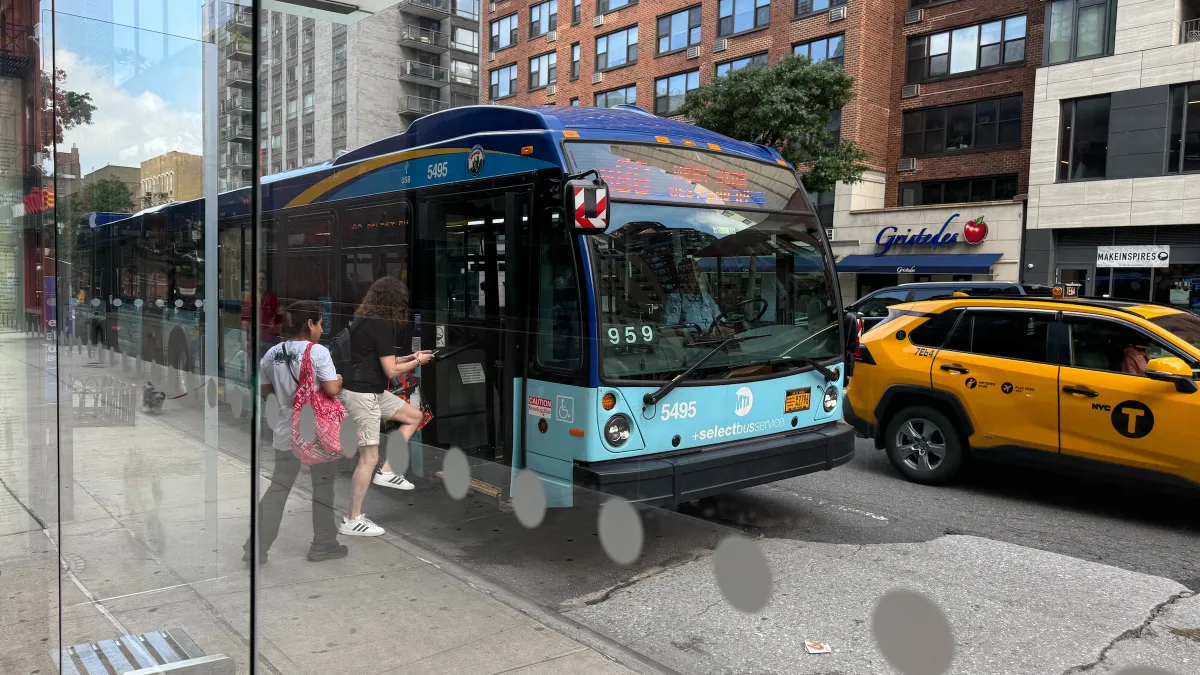Dive Brief:
- Average transportation costs for households in 10 U.S. cities grew 41.5% from the 2012-2013 period to 2022-2023, the New York State Comptroller found in an Oct. 16 report. Analyzed costs include vehicle purchases, fuel, insurance and other vehicle-related expenses as well as public transportation, taxis and other means of travel.
- Miami saw the largest jump in transportation expenditures among the 10 cities, with costs soaring nearly 120% over the 10-year period. Chicago saw the smallest increase at 19%, while New York City was in the middle at nearly 56%.
- Transportation is the second largest household expense nationally, consuming 17% of average household spending and creating a cost burden for many low-income households in New York City and elsewhere, the report states.
Dive Insight:
Inflation, the rising cost of new and used vehicles and an increase in vehicles purchased during the pandemic, accounted for much of the increased cost of transportation in New York City, according to the report. While new car prices have softened this year, according to Cox Automotive, the average vehicle purchase price is still $11,000 higher than five years ago. In New York City, the amount spent by each household on vehicle purchases more than doubled over the past 10 years.
Houston had the highest transportation cost per household among the 10 cities studied, with the average household spending more than $16,100 on transportation in the 2022-2023 period. The Houston metropolitan area also had the highest average transportation cost burden, which refers to transportation costs as a share of income. The average transportation cost burden in Houston surpassed 18%. Miami and three California cities — Los Angeles, San Francisco and San Diego — followed Houston in terms of average household transportation expenditure for the 2022-2023 period.
With just under 44% of New York City households owning a vehicle, most residents rely on public transit. But the region’s public transit agency is facing a financial crisis in the absence of New York state’s congestion pricing program for Manhattan, which was due to go into effect on June 30. The New York Metropolitan Transportation Authority said during a June 26 board meeting that losing the funding expected from the tolling program will result in $16.5 billion in deferred projects. The state comptroller, Thomas DiNapoli, warned in a Sept. 12 report that the agency needs to find billions of dollars in other funds to address a long list of capital needs.
DiNapoli said in last week’s report that New York City should continue to monitor mobility trends and policies such as reduced fares for low-income residents. He concluded that “it also remains critical to maintain MTA service at affordable levels, so that transportation costs remain relatively affordable and offset housing costs, especially for lower- and moderate-income households.”











